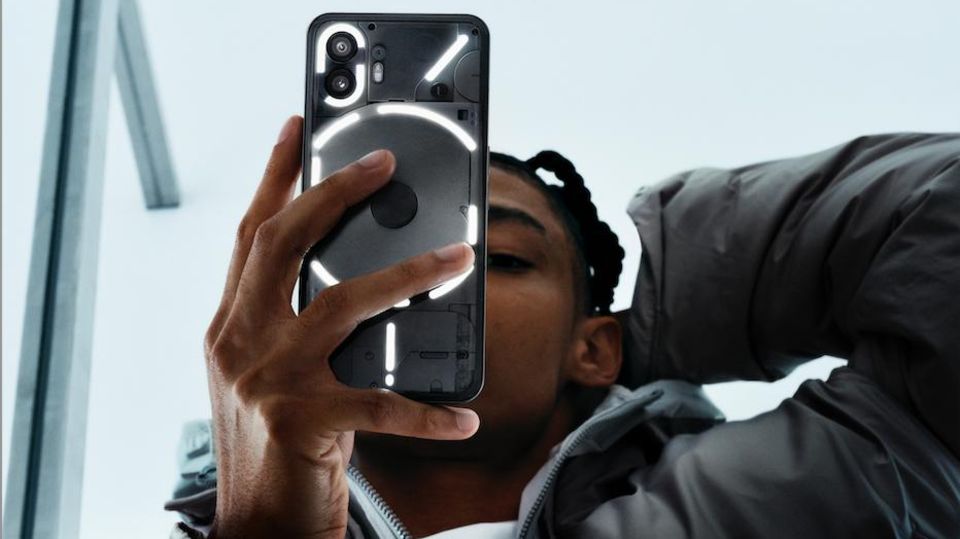Communication via RCS
Apple surprises with decision: Chatting with Android users will be much easier
In the future, all smartphone users will be able to chat with the Apple Messages app – thanks to RCS.
© Deagreez
According to several media outlets, Apple will introduce a fundamental innovation in the future. By supporting the RCS communication standard, it will be possible to write to Android users via iMessage – without SMS.
It was one of the most interesting reports of the week in the technology world: The young start-up Nothing will be the first Android smartphone manufacturer to make Apple’s iMessage usable for the third-party platform via (dangerous) detours (find out more here). Founder Carl Pei must have recently been very annoyed that his efforts – apart from surprisingly good PR – were probably in vain. As several media outlets, including the IT specialist magazine Heise and the Apple blog 9to5Mac, report, Apple will open its messaging app next year.
Apple makes the iPhone ready for RCS
Communication between Apple devices and Android smartphones is made possible by supporting the RCS (“Rich Communication Standard”) communication standard. RCS is not a standalone app, but rather a replacement for SMS and MMS. Depending on the implementation, RCS enables the same functions that WhatsApp, Signal or iMessage offers – regardless of the platform used. The costs for RCS depend on the provider; for most of them the standard is already included. Since RCS does not require an additional app, a key difference is that you do not have to share your address book with third parties, for example.
According to 9to5Mac, Apple explains the move as follows: “Over the next year, we will add support for RCS Universal Profile, the standard currently published by the GSM Association. We believe that RCS Universal Profile compared to SMS or MMS “Provides greater interoperability. This will work alongside iMessage, which will continue to be the best and most secure messaging experience for Apple users.”
Details on RCS support are still pending. Important functions are also apparently missing, such as strong encryption. It is said that Apple still wants to work on this with other members of the international industry association of GSM providers (GSMA).
Voluntary or not – the winners are the users
It will probably not be known whether Apple took this step entirely voluntarily or whether the introduction of RCS was as preventive as the switch to the USB-C interface. The fact is that Google in particular has been putting a lot of pressure on Apple to open up Android with the previously hermetically sealed iMessage for years. The reason can also be found in the USA, where Apple dominates the market. iPhones have an 87 percent market share among young users – also because iMessage is used most there and WhatsApp is perceived as a marginal phenomenon.
About a year ago, Apple definitely didn’t have RCS on its wish list. At that time, CEO Tim Cook was asked by one of those present during a stage talk what he should do if his mother used Android but wanted to reach him via iMessage. Cook’s unusually casual response: “Buy your mom an iPhone.” Cook also made it clear that he could not imagine that Apple users would care about RCS support.
As with USB-C, the EU could ultimately have something to do with Apple now giving in. Because Google and several network operators turned to EU regulators to have iMessage classified as a so-called “central platform service”. If the application is approved, Apple would fall under the new rules of the Digital Markets Act (DMA). Among other things, these stipulate that providers of the largest messengers must find ways to make their apps interoperable, i.e. to let them talk to each other. RCS offers a solution to this problem.
In any case, nothing will change visually: While only iMessages remain blue, RCS messages in the chat will also be displayed in green “bubbles”. If the color of your messages bothers you, you really need an iPhone.




